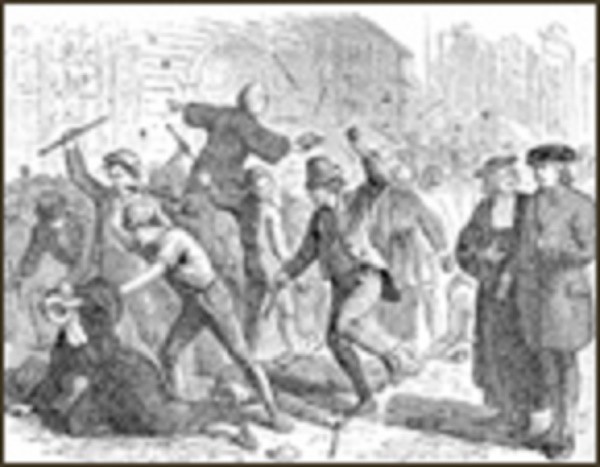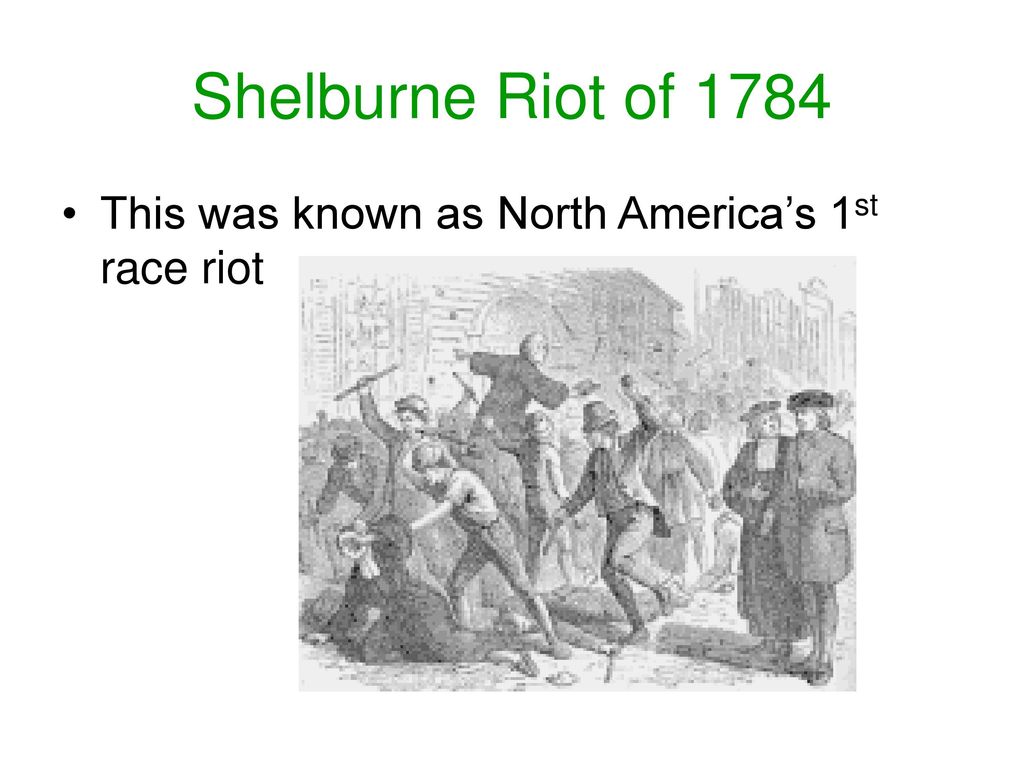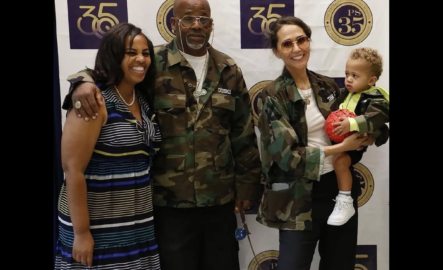At least one theme ran through what escalated the situation in Shelburne, Canada in the late 1700s: there were no jobs for both white-skinned people and blacks.
But that would not be what will infuriate the white population against the black community as much as it did.
Following Britain’s defeat in the American Revolution, many white Loyalists fled to Shelburne with hardly any money and few possessions. Their land grants were also delayed and many people were forced to work as labourers.
By the summer of 1784, racial tensions were building. Many white soldiers were discovering that it was almost impossible to find work. Almost nobody had received farm lots, and settlements like Port Roseway were filled with large numbers of unemployed soldiers with nothing to do and no prospect of finding work.
Already frustrated, the people of Shelburne got more and more disappointed when they realized that their expectation of having their lands surveyed and secured soon, was not going to happen. The situation began to escalate more when the lands at Port Roseway were cleared but were not as fertile as they had expected.
Benjamin Marston, the chief surveyor, sensing the growing tension in the town, wrote of how he knew people were unhappy, predicting that something was about to happen.
The blacks of Shelburne had trouble finding work, but to enable them to survive, they accepted low wages so they would be hired. This was not the case of the white population and upon learning about this, it upset many of the disbanded soldiers who were living in Shelburne. They felt that black workers were driving them out of the labour market.
Any dismay white Loyalists had with the British administrators was quickly directed towards the Black Loyalists sharing the same town. Free Black Loyalists were often willing to work longer hours and for less pay than their white counterparts. The racial tensions rose even further.
A leading Baptist minister by name David George would cause a stir among the white Loyalists, sparking further the rage that was already building up in them.
George had a large following and was preaching in Shelburne in what was called Blacktown. People weren’t too concerned about what sort of message he preached to his own colour, but when he began baptizing whites, the settlers were furious.
In one instance, a white woman was about to be baptized when a mob arrived and tried to drag her away. Authorities intervened, and decided that by the guarantees of freedom of religion she could be baptized in whatever manner she chose. The mob left the scene taunting George with threats.

The next day, they returned armed with muskets and ship’s tackle. By fixing rope onto the poles of the houses, they pulled George’s home over and then set about doing the same to the homes of his followers. Some wanted to burn down the more solidly constructed meeting house but were discouraged by the riot’s leader, according to Black Loyalists.
By this time, the mob had swelled to hundreds of people. They set out through the black quarter of town pulling down all the houses, beating people and driving them out of town. Most fled to Birchtown empty-handed – everything they owned having been stolen or destroyed.
The mob did not stop there, however. They sought out Marston, planning to hang him for the slow delivery of their land. Marston was warned by his friends and escaped to Halifax.
David George had fled to a nearby swamp but was eventually discovered. They came in a mob and beat him mercilessly. After this, he gave up and fled to Birchtown with the rest of the town’s blacks.
By this time, Birchtown was chaotic. Prior to the riot, almost half of the free blacks of the area had settled in Shelburne, where work was easier to find.
So when Shelburne’s blacks were chased out, Birchtown’s population was doubled. Several hundred refugees camped out all over the small lots that had been granted to other families. Almost all of the surrounding land had already been granted to whites as a farm and church land, so the town was unable to expand.
Still, the rioters were unsatisfied. Many continued their attacks on the blacks, beating lone travellers and travelling to Birchtown to pull down buildings and assault the unwary. The attacks only stopped when troops arrived from Halifax the next month to restore order.
Governor Parr was dismayed by the complete breakdown of the rule of law, which reflected poorly on his administration. He needed a scapegoat. Marston, who had been accused of taking bribes, was a likely candidate. The Governor promptly fired him. The business of surveying and land dispersion was taken over by the Associates, the council of leaders that had initially developed Port Roseway.

Of course, this meant that the blacks would be completely left out of the land distribution. Aid was never offered to the blacks who had lost their land and homes. Parr’s concern was not to assist the victims, but merely to placate the rioters.
And so, the riot sank into history, a reminder to blacks that they could not expect to be treated as equal citizens regardless of what certificate they carried. This riot went into history as the first race riot to have taken place in North America.










